Habermas between Critical Theory and Liberalism
This book identifies the turning points in Habermas's work and his transition from one stage to another in the development of his theoretical oeuvre. Habermas began his academic career as part of the Frankfurt School, but the two key points at which his career changes trajectory are moving from historical materialism to normative idealism and playing with some of the ideas of liberalism. Normative idealism is an ahistorical theory that insists on the independence of the normative from material reality, severing the connection between base and superstructure that Marx wrote about. The break with the basic concepts of Marxism enabled Habermas to build his own discursive (critical) theory, which, especially since the end of the 1980s, takes the ideas of liberalism seriously. This book makes a systematic, multidimensional and detailed analysis of Habermas's theoretical oeuvre in two dimensions, chronological (in the order in which Habermas worked on certain topics) and thematic (enclosing certain thematic units).
Looking for a high-quality, original digital edition of
Habermas between Critical Theory and Liberalism
? This official electronic version is published by
Palgrave Macmillan
and offers a seamless reading experience, perfect for professionals, students, and enthusiasts in
Religion and Philosophy.
Unlike EPUB files, this is the authentic digital edition with complete formatting, images, and original content as intended by the author .
Enjoy the convenience of digital reading without compromising on quality. Order Habermas between Critical Theory and Liberalism today and get instant access to this essential book!

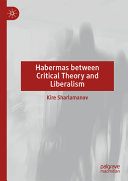

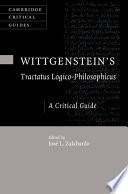

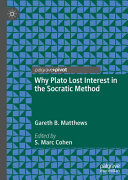
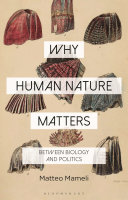
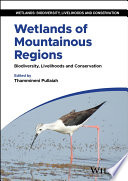
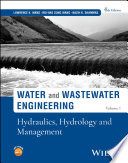
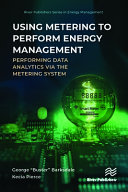
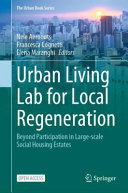
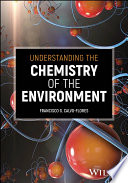
0 Comments